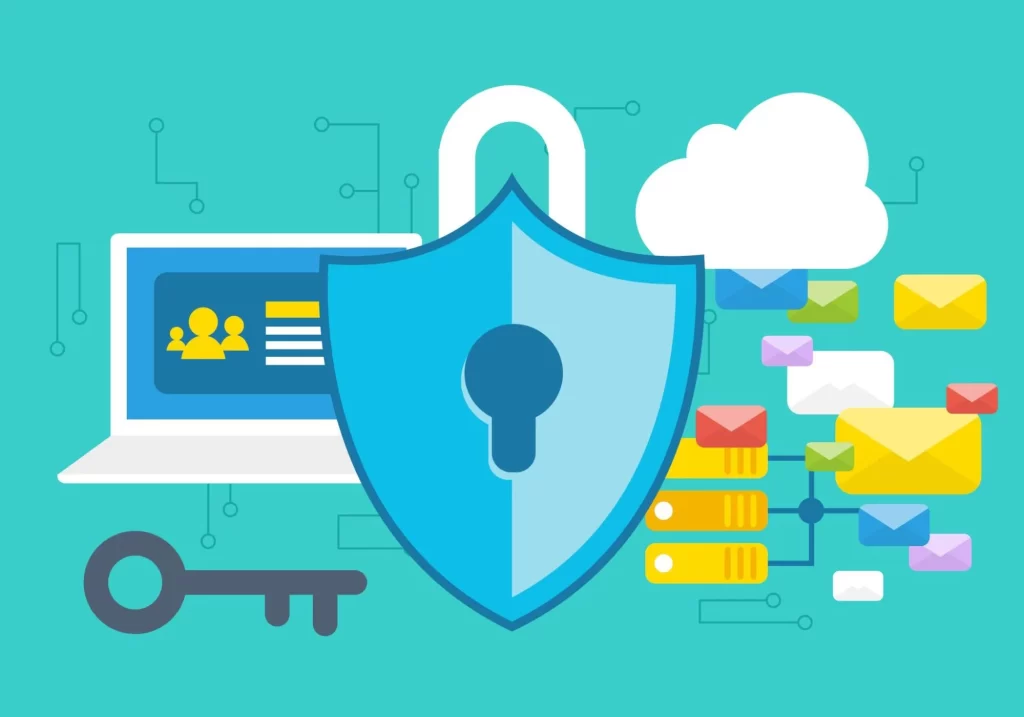Ensuring the security of your Magento 2 site is crucial to protect sensitive customer data, maintain your brand reputation, and comply with regulations like GDPR and PCI DSS. Here are steps you can take to enhance the security of your Magento 2 website:
1. Keep Magento Up to Date:
Regularly update your Magento 2 installation, including themes and extensions, to patch known vulnerabilities. Magento releases security updates and patches, so staying up to date is essential.
2. Use Strong Authentication:
Implement strong authentication mechanisms, such as two-factor authentication (2FA), for admin accounts and any other sensitive areas of your site.
3. Secure Hosting Environment:
Choose a reputable hosting provider that specializes in Magento hosting and offers security features like firewalls, intrusion detection, and regular system patching.
4. Use HTTPS:
Ensure that your entire site uses HTTPS to encrypt data transmitted between the user’s browser and your server. Install an SSL certificate and configure Magento to use HTTPS.
5. Set Strong Password Policies:
Enforce strong password policies for admin and customer accounts. Require complex passwords and regular password changes.
6. Limit Admin Access:
Limit the number of individuals with admin access to your site. Only grant access to those who need it and use strong, unique passwords.
7. Secure File Permissions:
Set appropriate file permissions to restrict access to sensitive files and directories. Use the principle of least privilege to ensure that users and processes only have access to what they need.
8. PCI DSS Compliance:
If your site processes credit card payments, ensure PCI DSS compliance. Follow the guidelines for securing cardholder data and conduct regular assessments.
9. Disable Directory Listing:
Disable directory listing on your server to prevent unauthorized access to directories and files.
10. Regularly Review Logs:
Review server and application logs for suspicious activities and errors that might indicate a security issue.
Security is an ongoing process, and it requires continuous monitoring and improvement. Regularly audit and update your security measures to adapt to evolving threats and protect your Magento 2 site effectively.

Safeguarding a Magento 2 website from potential threats involves a multi-faceted approach that includes various security measures. Here are methods to help protect your Magento 2 website:
1. Secure Payment Gateways:
If your website processes payments, choose reputable and secure payment gateways that comply with industry standards like PCI DSS (Payment Card Industry Data Security Standard). Here are some additional steps:
– Tokenization: Implement tokenization to store sensitive payment data securely, reducing the risk of data breaches.
– Use Hosted Payment Pages: Consider using hosted payment pages provided by payment gateways. This offloads the responsibility of handling payment data to the gateway’s secure servers.
2. Implement Firewall Protection:
Firewalls act as a barrier between your website and potential threats. There are two main types of firewalls to consider:
– Web Application Firewall (WAF): Implement a WAF to filter out malicious traffic and protect against common web application attacks like SQL injection and cross-site scripting (XSS).
– Network Firewall: Use a network firewall to block unwanted traffic at the network level and protect your server from unauthorized access.
3. Strong Authentication:
Implement strong authentication mechanisms, such as two-factor authentication (2FA), for admin accounts and any other sensitive areas of your site.
4. Regular Backups:
Frequently back up your Magento 2 database and files. Ensure backups are stored securely off-site and are easily restorable in case of a security incident.
5. Monitor for Suspicious Activity:
Use security monitoring tools to detect and respond to suspicious activity on your website, such as unusual login attempts or file changes.
6. Stay Informed:
Stay updated on the latest security threats and vulnerabilities related to Magento. Subscribe to Magento’s security mailing list and other relevant security sources.
7. Security Extensions:
Consider using security extensions and tools specifically designed for Magento security, such as security scanners and malware detectors.
8. Regular Audits and Penetration Testing:
Conduct regular security audits and penetration testing to identify vulnerabilities and weaknesses in your site’s security. Address any issues promptly.
9. Third-party Extensions:
Be cautious when installing third-party extensions or themes. Only use reputable sources, and carefully review the code and permissions requested by extensions.
10. Security Headers:
Implement security headers, such as Content Security Policy (CSP), to mitigate XSS attacks and other security risks.
11. Security Training:
Educate your team on security best practices and train them to recognize and respond to security threats.
12. Incident Response Plan:
Have a well-defined incident response plan in place in case of a security breach. Be prepared to act quickly to mitigate damage and notify affected parties.
By implementing these security measures and regularly reviewing and updating your security practices, you can significantly enhance the security of your Magento 2 website and protect it from potential threats.
